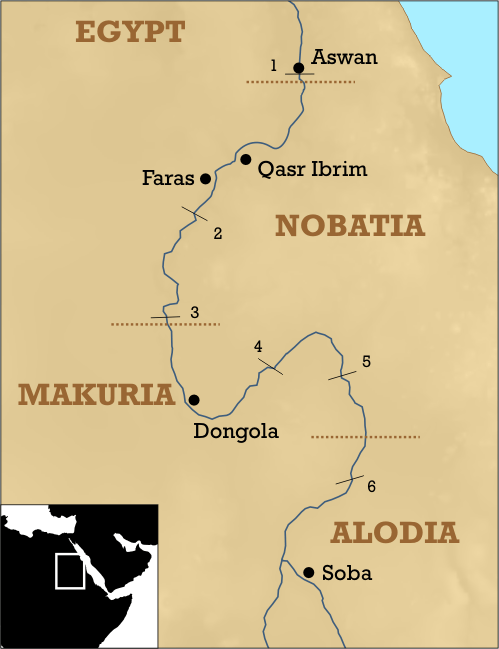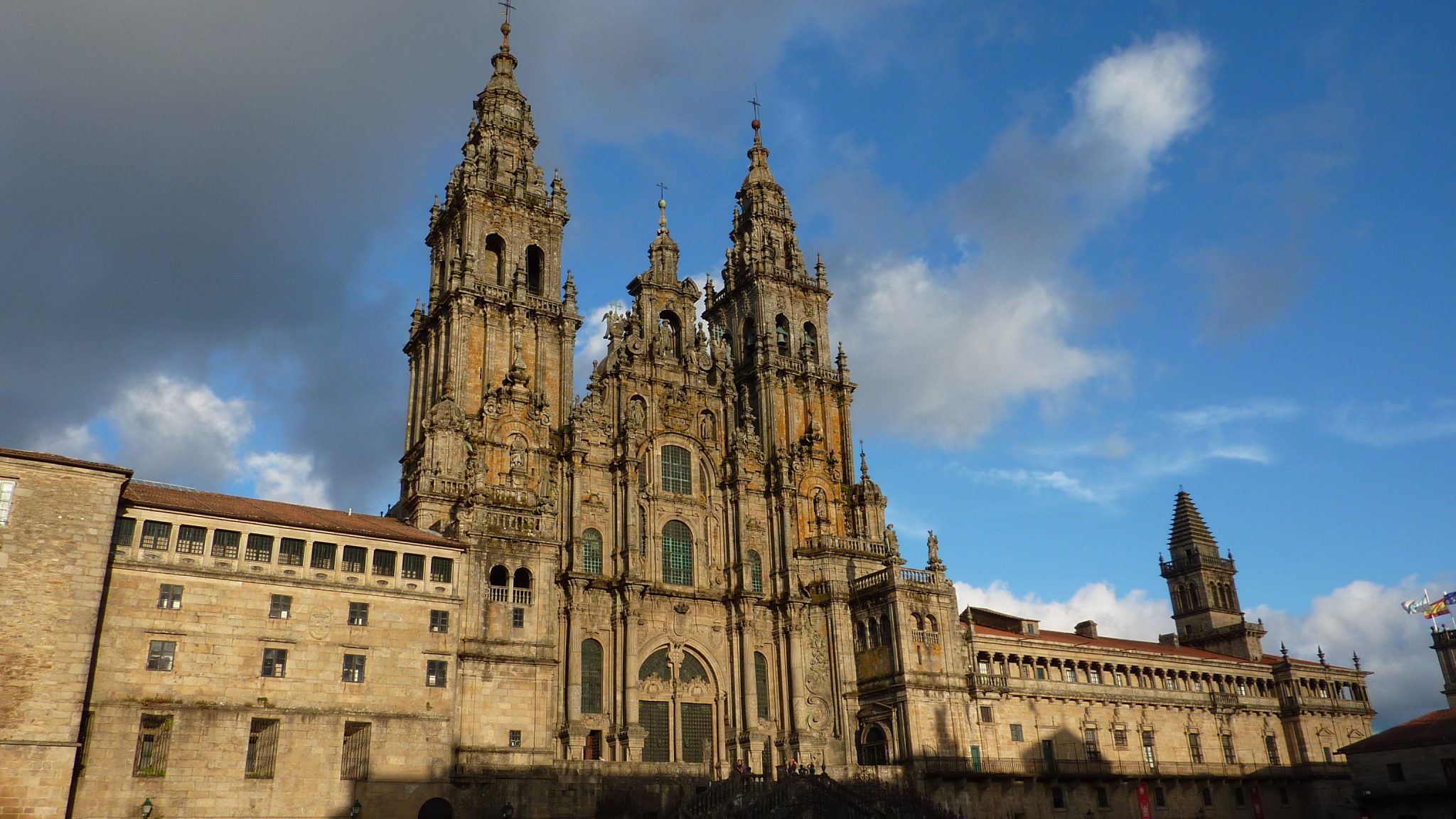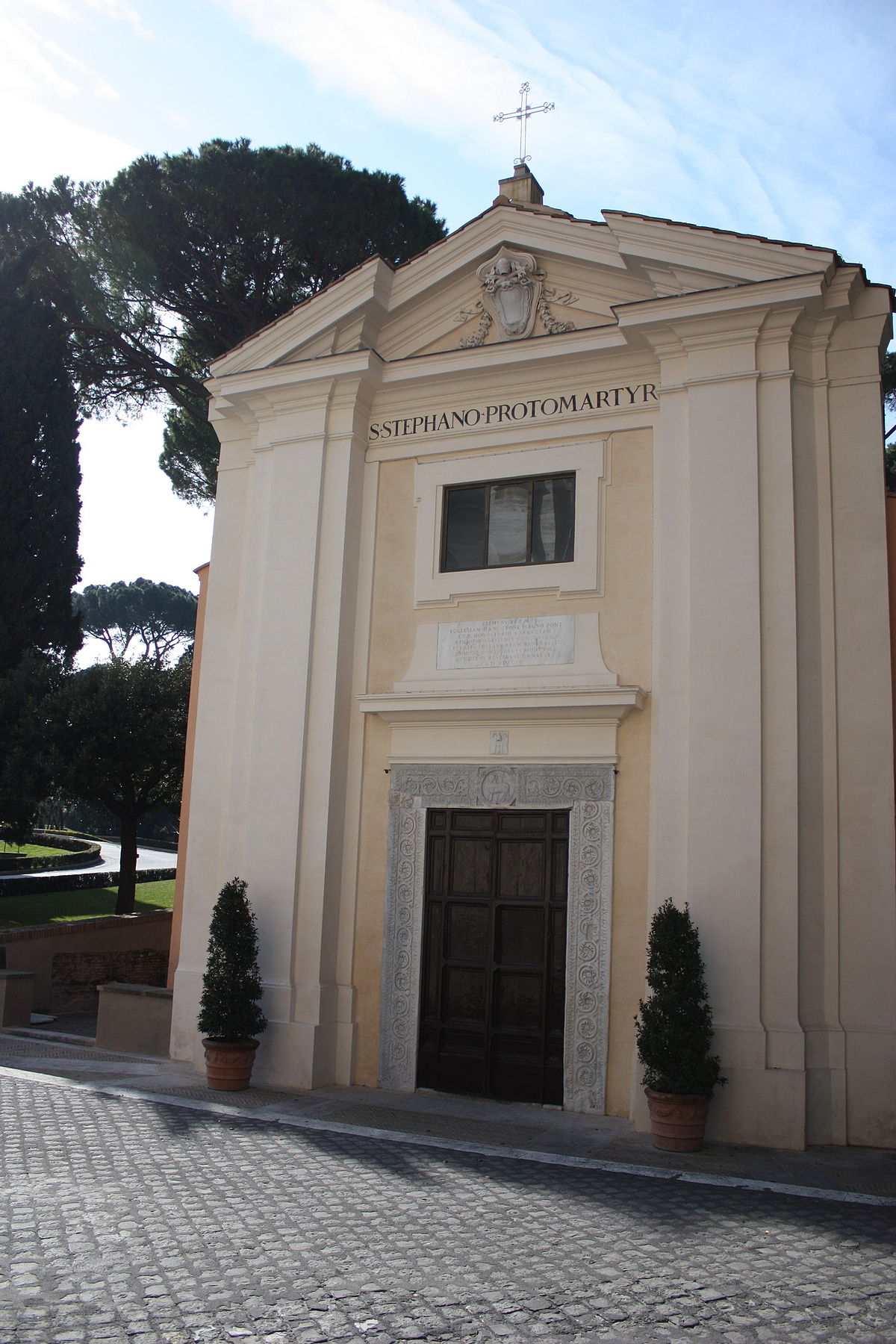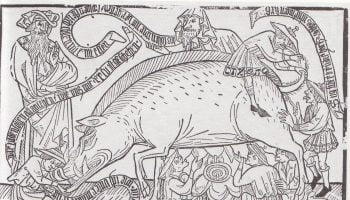This is Part XVII of The Public Medievalist’s continuing series on Race, Racism and the Middle Ages, by Adam Simmons.
You can find the rest of our special series on Race, Racism and the Middle Ages here.
The BBC is revising history to suit its own anti-White narrative.
So claimed a commenter at the right-wing website Biased BBC. The object of their ire: the 2017 three-part BBC drama-documentary of the Norman conquest of England, 1066: A Year to Conquer England. The reason for this critique is that, in this series, Robert de Beaumont, one of William the Conqueror’s main aides, was played by an actor, Jotham Annan, who is black.
The historical Robert was not of African descent. But the BBC’s portrayal raises a question: were sub-Saharan African people present in medieval Europe? Despite their glaring absence from many histories, both popular and academic, they were. They came as traders, as explorers, as warriors, or—for those we only know by the archaeological record—for many reasons that we will never know. One in particular came as a king.
The Fourth Crusade Encounters a Nubian King
Robert de Clari was a French knight who was part of the ill-fated Fourth Crusade. In his account of the Crusade, Conquest of Constantinople (which he wrote around 1216), he offers a tantalizing account of the presence of Africans in medieval Europe. From it, we can begin to construct a wider picture when placed in context with other sources.
According to Robert’s account, in 1203 the Crusaders on the Fourth Crusade were in Constantinople playing a part in a major imperial power struggle. They had come there upon the request of Alexios IV Angelos, with the aim to restore his deposed father, Isaac II Angelos, to the throne, ultimately resulting in both being jointly named as co-emperors.
While they were in the city, they witnessed an unnamed Nubian king. As Robert described:
And while the barons were there at the palace, a king came there whose skin was all black, and he had a cross in the middle of his forehead that had been made with a hot iron. This king was living in a very rich abbey in the city, in which the former emperor Alexios had commanded that he should be lodged and of which he was to be lord and owner as long as he wanted to stay there.
Robert’s description of the king having a branded cross on his forehead would have been true for a Nubian at that time (a practice that is still occasionally continued today among some communities). This is a detail he was unlikely to have made up, which means that it likely was true.
Nubia and Christianity

In order to claim that the Middle Ages—and Christianity—were implicitly “white” requires you to ignore or erase huge swaths of history. One of those is the entire history of the black African Christian Kingdoms that thrived in northeast Africa during the Middle Ages. Some of these were the kingdoms of Nubia.
Nubia includes the region to the south of Egypt in what now southern Egypt and Sudan. It stands as one of the corridors between sub-Saharan Africa and Northern Africa, along the winding banks of the River Nile. Medieval Nubia existed roughly during the same time span that scholars attribute to the European Middle Ages: the long thousand years between the fall of the Kingdom of Meroe in the 4th century CE, and its eventual cultural conquest by Arab Muslims from the north over the 15th century.
Over most of that 1100 year span, Nubia was a Christian kingdom—it was “officially” Christianized by Byzantine missionaries in the 6th century. It stood as one of several black African Christian cultures in the region. Until around the 8th century, the Nubian region consisted of three separate kingdoms: Nobadia, Makuria, and Alwa. But at some point at the beginning of the 8th century Makuria annexed Nobadia, leaving two kingdoms.
Despite being one of the “Churches of the East”—i.e. non-European Christians—Nubia (and its neighbour Ethiopia) are rarely mentioned in discussions of early Christianity. Despite this, they stand alongside the Christian communities that existed in Syria, Armenia, Georgia, India, or even Egypt. And more, they existed not just as isolated churches, but as explicitly Christian Kingdoms.
Moses George in Constantinople
That brings us neatly back to the Christian Nubian king arriving in Constantinople. Robert never reveals his name, but Nubian documentary evidence, surveyed by Giovanni Ruffini, suggests that it was possibly King Moses George. According to Robert, Alexios was said to have given this king “great honour”—emphasising the prestige of the king.
When the emperor saw him coming, he rose to meet him and did great honour to him. And the emperor asked the barons: “Do you know,” said he, “who this man is?” “Not at all, sire,” said the barons. “I’faith,” said the emperor, “this is the king of Nubia, who is come on pilgrimage to this city.”
This story of the visit by King Moses George appears not to have been of much interest to other authors at the time. Despite appearing at the court of the emperor in Constantinople, not a single (surviving) Byzantine Greek writer mentions the event.
This leads us to three possible conclusions. Either:
- There were other sources detailing this event, but they have been lost.
- Robert de Clari invented the whole thing (though there seems little reason why he might), or
- This visit was not as weird for contemporaries to see as we seem to think.
Those scholars who have addressed this event differ on which of these interpretations is correct. But my inclination is towards the third possibility. Firstly, this is because Constantinopolitans prided themselves on the ability to welcome many embassies and host many different cultures. For example, Eustathios, Archbishop of Thessaloniki, noted that they hosted Ethiopians at the court of Emperor Manuel I in either 1173 or 1174. This ability was important to them. Further evidence of this is that an interpreter was seemingly readily available at the court, which allowed the Nubian king to communicate with his hosts. Robert relates:
Then they had an interpreter talk to him and ask him where his land was, and he answered the interpreter in his own language that his land was a hundred days’ journey still beyond Jerusalem, and he had come from there to Jerusalem on pilgrimage.
Robert also made special note that the king was a Christian, and participating in one of the quintessential medieval Christian activities: pilgrimage. In fact, he was on the pilgrimage to end all pilgrimages. He had already been to Jerusalem, and had made his way to Constantinople (though apparently most of his retinue perished along the way). After Constantinople, the king had hoped to travel to Rome, and then to Santiago de Compostela, before returning to Jerusalem. Apparently, he planned to die in Jerusalem:
And he said that he wanted to go on pilgrimage to Rome and from Rome to St. James, and then come back to Jerusalem, if he should live so long, and then die there.
Santiago de Compostela and Rome
Such a tour was certainly ambitious—it may even seem fanciful. Looking at the Google map of the route, above, the trip, if done over land, would cover 13,246 kilometers (8230 miles). Ambitious though it may have been, these were well known pilgrimage spots.
The shrine to St. James at Santiago de Compostela in northwest Spain dates to the 9th century. The Camino de Santiago (Way of St. James) was (and remains) one of the most popular pilgrimage routes in medieval Europe.
Medieval Spain was a well-known multicultural melting pot of peoples. Pilgrimage to Santiago is mostly associated with European Christians, but this is an incorrect assumption. In fact, one 12th century Latin text lists Nubians as one of the 72 different nations from which pilgrims came to visit the shrine. Even more, a century after King Moses George’s trip, in 1312, historian Ibn ‘Idhāri al-Marrakuši also mentioned Nubians as pilgrims to Santiago. So even if the king did not go—or did not survive the trip—other Africans appear to have done so, and be counted among the black faces present in medieval Europe.


By contrast, we know less about the African presence in Medieval Rome. We have not yet found any evidence of Nubians in Rome—though that, of course, does not necessarily mean they did not come. In terms of the King’s trip, we do not know whether he passed unremarked upon, or never made it to city.
As a fascinating sidebar, however, we do know about a significant African presence in medieval Rome in the 15th century. Beginning in 1402, multiple Ethiopian embassies arrived throughout Europe (notably in Spain, France, and Italy). This contact was sustained—by the 1480s, the church of Santo Stefano degli Abissini was built/restored in Rome specifically for Ethiopians to use (one seventeenth century writer dates this donation as early as the 1160s!). This established a permanent, dedicated place of worship for visiting Ethiopians and the burgeoning Ethiopian community. We don’t know exactly how many came, nor do we know all of their names and stories. But the overall point that black Africans were present and accepted in medieval Europe—especially later medieval Europe—remains.
Some Other Considerations
The travels of King Moses George only touches the surface of the African presence in medieval Europe. The absence of Africans in many medieval sources does not necessarily mean that they were completely absent from society. It instead reflects the interests and priorities of the author. Greek sources may not mention the visit of the Nubian king if it were not unusual. Europeans travelled to Africa; the reverse should be expected.
Africans should not just be associated with Islam, or paganism, or painted with the broad brush of the exotic “other”. Many were Christians and regularly interacted with European Christians in the Holy Land and in Europe. In a similar way to Robert and William in the BBC drama-documentary, some Africans and Europeans would have been companions, even friends. Most importantly, major European cities were never homogenous; a wide range of peoples of all shades were coming and going all the time.
Further Reading
Here are some places to begin to uncover more about the Nubian king’s visit:
- Robert de Clari, The Conquest of Constantinople, trans. E. H. McNeal (New York, 1969), pp. 79-80.
- Rostkowska, ‘The Visit of aNubian King to Constantinople in AD. 1203’, in New Discoveries in Nubia. Proceedings of the Colloquium on Nubian Studies, The Hague, 1979, ed. P. van Moorsel (Leiden, 1982), pp. 113-6.
- Hendrickx, ‘Un roi Africain à Constantinople en 1203’, Byzantina, 13.2 (1985), pp. 893-8.
- Fiaccadori, ‘Un re di Nubia a Constantinopoli nel 1203’, Scrinium, 1.1 (2005), pp. 43-9.
The Public Medievalist does not pay to promote these articles, so we would love it if you shared this with your history-loving friends! Click to share with your friends on Facebook, or on Twitter.





I have never understood how it is far-fetched to suppose that Africans, from time to time, made it a few hundred miles across the Mediterranean. Africa and Europe are not far apart, but in the mindset of the Medieval-Europe-was-100%-white notion, Africa might as well be on the moon.
Wolfram von Eschenbach’s Percival from the 12th Century has mention of Parzival’s cousin, Firefitz, who was the child of an Ethiopian Queen and one of the Knights – can’t remember the details. Also, along with the notion of white supremacy which was needed to justify the enslavement of Africans, the representation of Blackness in the arts in Europe was purposely constructed to make us look inferior. Many say that all of the positive imagery, possible up ’til then, was even removed. I always thought it interesting that in Southern Europe the image of the moor’s head, whether blindfolded or not, seems to be a potent image. Still.
Definitely– Feirefiz was his half-brother, we’ve talked about him in a few other articles in our series like this one: http://publicmedievalist.com/medieval-people-racist/. I’d be very interested in your perspective on some of the articles in this series, since they touch on a lot of similar things you’re bringing up.
Yeah, I’ve been reading the series & sharing. Came across the Parcival reference, too! Great, important and necessary series. I think it’s the Mask of Beauty in the 16th century that signalled a definite agenda with the representation of Blackness. England was becoming an empirical power and she needed to stratify her empire.
veil of beauty pertains to perceptions of poverty, not blackness. If someone was tan they were perceived as people who worked outside and poor. Paleness reflected refinement and wealth. Southern Italians have had to deal with this prejudice for centuries from Northern Italians.
I have to check that one out – haven’t heard of it. I’m talking about this https://en.wikipedia.org/wiki/The_Masque_of_Blackness – one of the first records of Blackness not being preferred as a skin colour.
Ah. Gotcha.
A mid-13th century statue of St. Maurice in Magdeburg Cathedral https://www.journeytothesource.info/assets/images/saint-maurice-black-knight-1270×700-82.jpg
The person who made this statue clearly had met, and probably had before his eyes, a subsaharan African. Or a Nubian from the south of the 3d Nile cataract.
By the way, the fact this statue was that of St Maurice in the “St Catherine and Maurice cathedral”, and, therefore, revered by the faithful, puts some light on the the way subsaharan Africans could be considered in this city, at this time.
Very interesting, but not sure the evidence as presented here is enough to deny the claim that the African presence in Europe was very rare.
Well, yes, one person identified.
Actually, what is clear from this text is that Robert de Clari put it plainly in the text that the king’s ” skin was all black”. As if it was exceptional for him…
Enjoyable and informative article. Thank you for the research.
This article is a great piece of insightful history. Simultaneously, it really misses the mark and comes off as very disingenuous. Evidence of (relatively minor) sub-Saharan African presence in Medieval Spain, Italy and Constantinople says absolutely nothing about the extent of African presence in Medieval England, which is what the initial complaints were about. A Nubian King interacting with Crusaders in 1203 says absolutely nothing about the presence of Nubians in 1066 England. I’m sorry, but the fact of the matter is, the vast, vast majority of people residing in Medieval England were what we would now consider to be “white”. This is not a value judgment nor says anything about contemporary England, this is simply a demographic fact.
I agree. I came here because a video game set in 15th century Bohemia is criticized for not having people of colour in it (whether none at all or very few, I don’t know, but I guess the former). This made me think, as one of the critics said something akin to “modern scholars believe the middle ages to be not as white as people believe”, so I tried to find sources for this. The closest I found is this piece, but like you already said, it doesn’t help much.
Like you said, there probably were some black people in Europe, for sure. But the majority was, apparently, not black. This article at least didn’t proof otherwise.